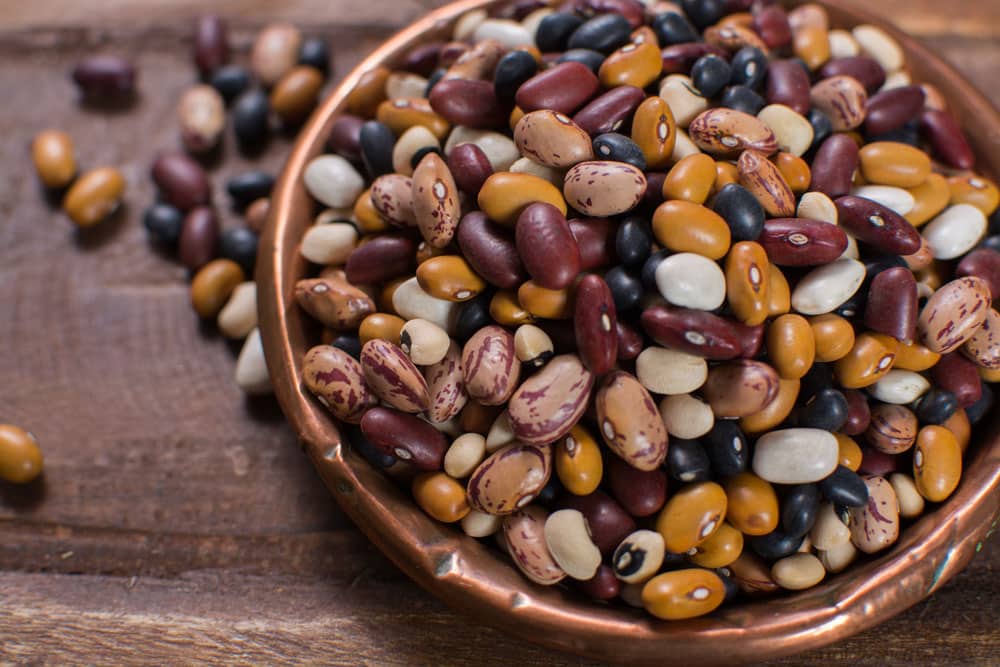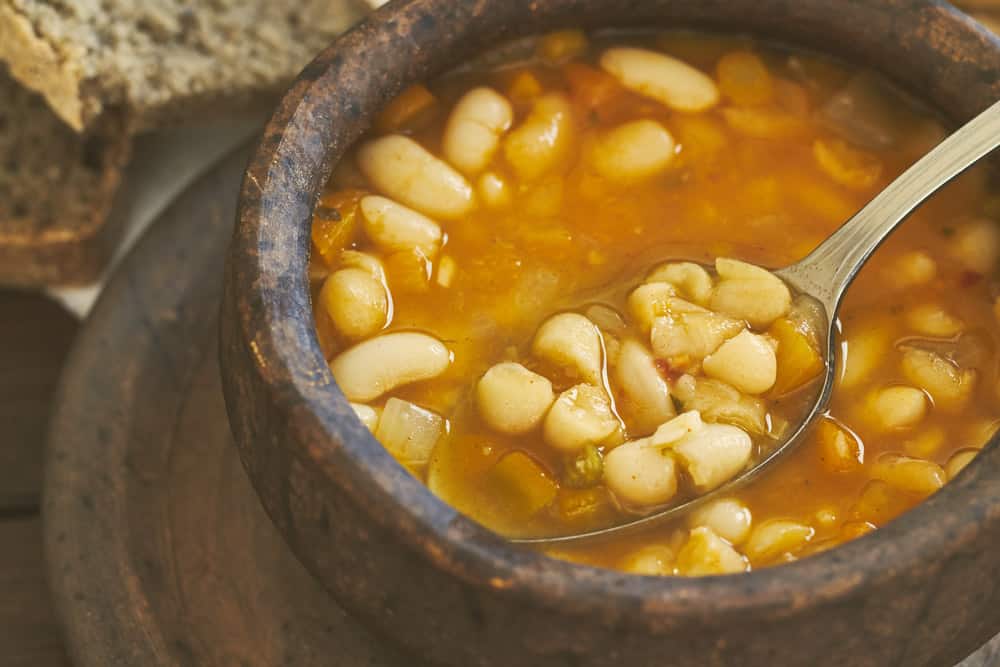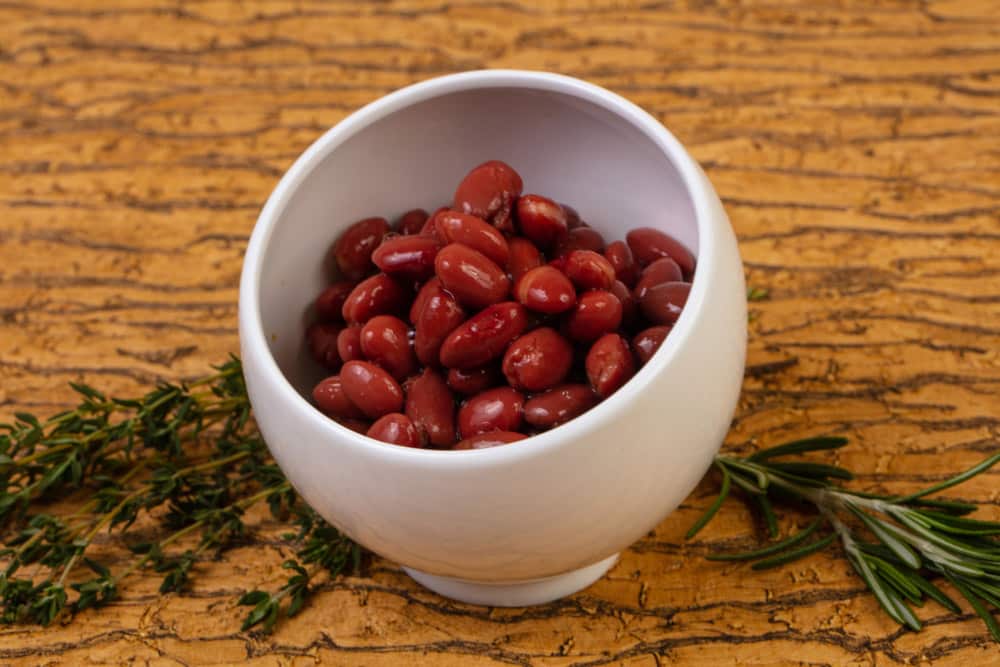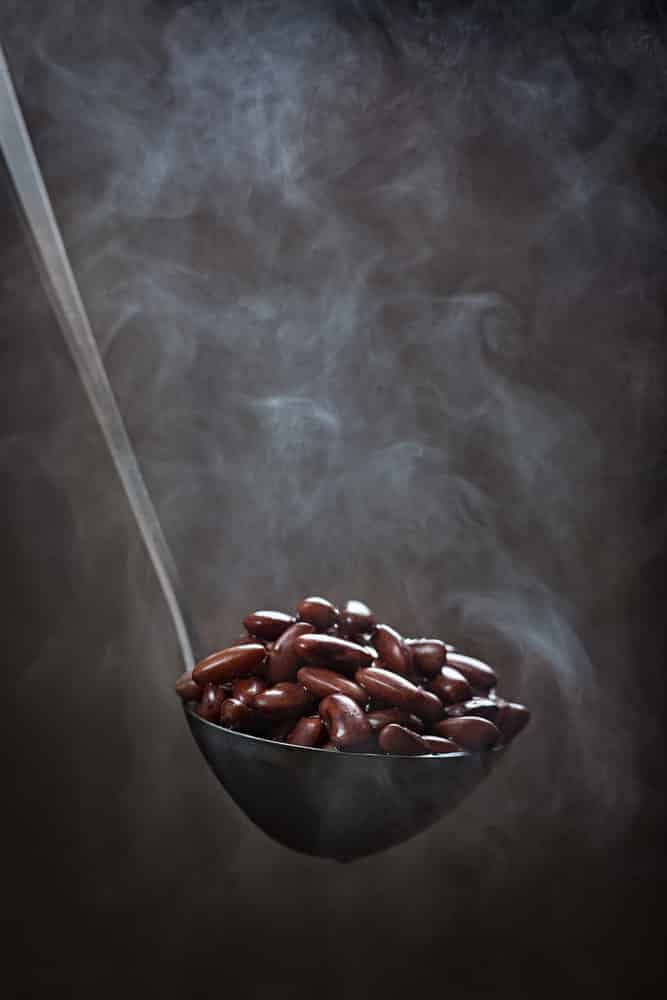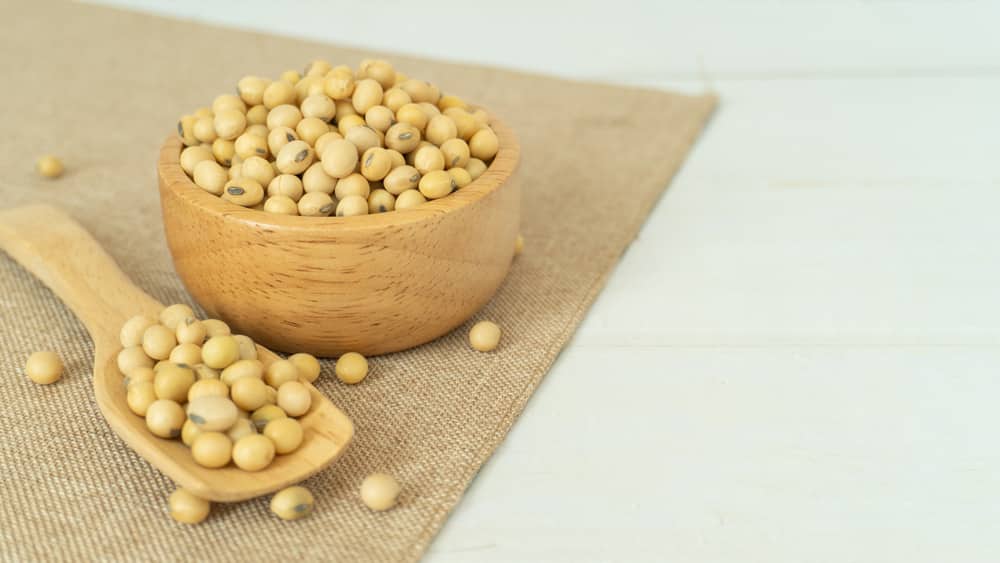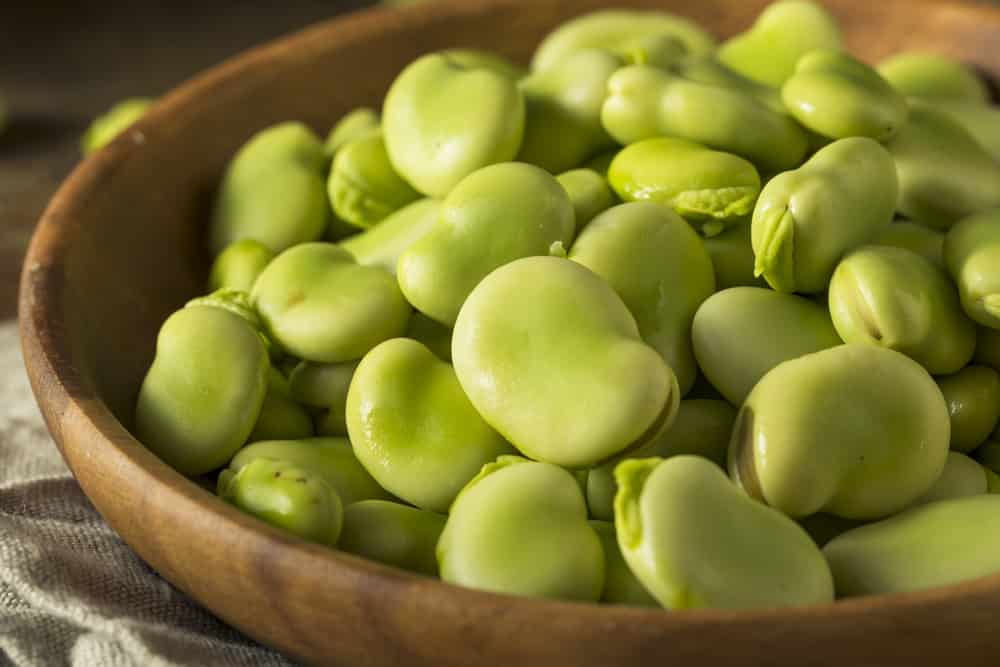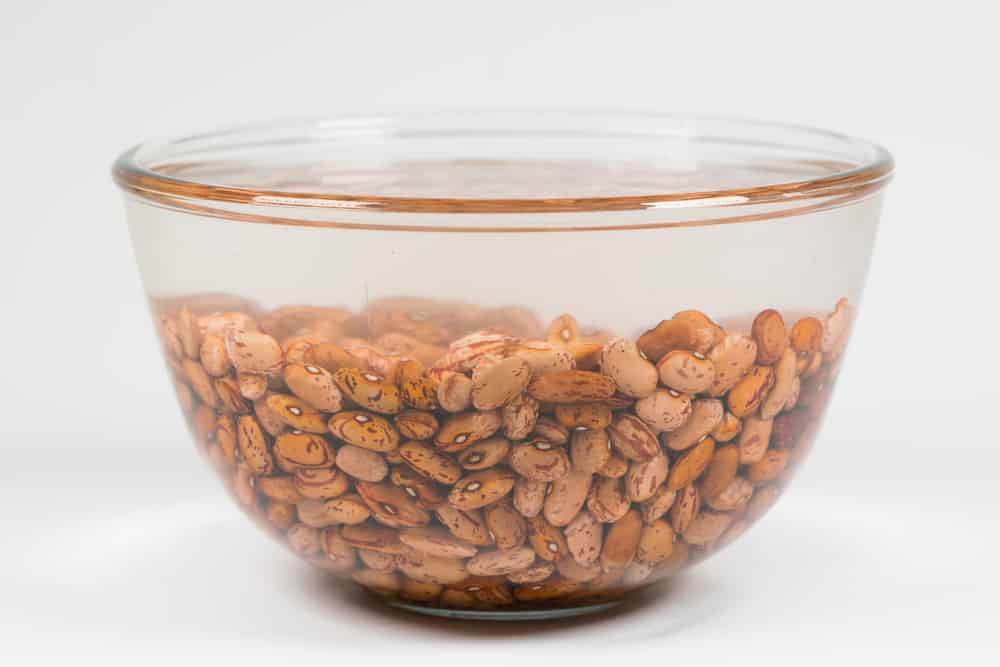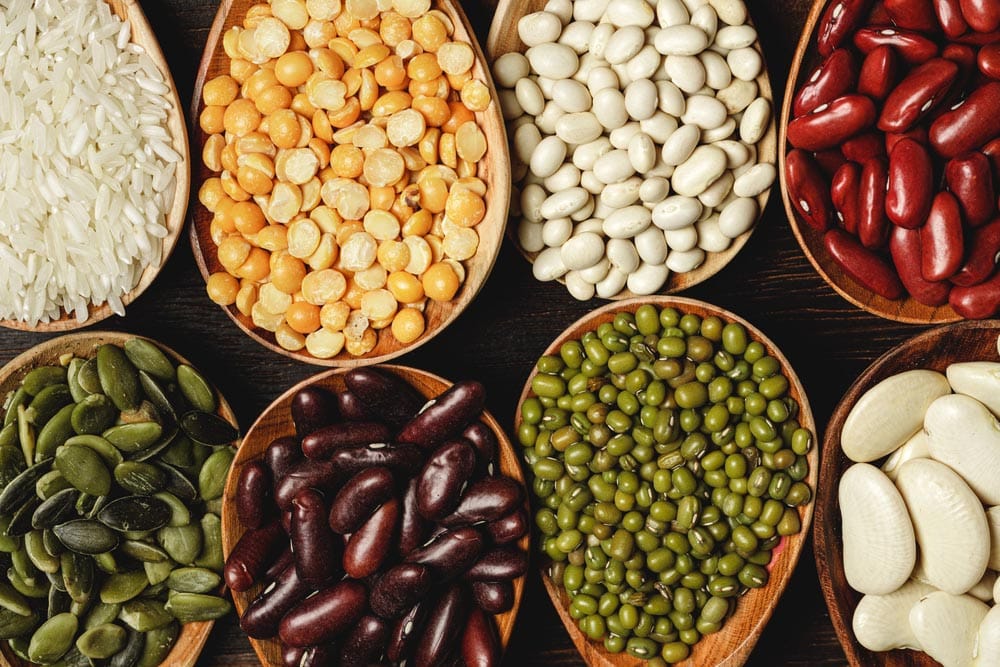
DISCLOSURE: This post may contain affiliate links, meaning when you click the links and make a purchase, I receive a commission. As an Amazon Associate I earn from qualifying purchases.
Beans are one of those food items that are intricately woven into the fabric of human society. When the first hunter-gatherers began tilling the earth and developing agricultural systems, beans were among the very first crops to be cultivated.
Since then, beans of all types have continued to play a vital role in our food supply, making them one of the most common staple items in the human diet.
Today, beans are included as an essential part of a balanced diet in many parts of the world because they are available in different shapes, varieties, and sizes. They’re a good source of protein in places where meat and fish are unavailable or expensive.
Beans are also extremely versatile and convenient as they can be dried and stored for years without going bad.
The nutritional value of dried beans
Beans belong to a class of vegetables known as legumes and they are among the most versatile and nutritious food types available. Beans are low in fat and they contain high amounts of minerals such as potassium, iron, magnesium, and folate that are required for proper nutrition.
All this while containing zero cholesterol. Beans can be consumed cooked, usually by boiling, or they can be ground into flour, curdled into tofu, and even fermented into different sauces. Cooked beans make great additions to salads, soups, and chilis.
Because they are a great source of protein, beans are excellent substitutes for meat, which generally contains more cholesterol as well as fat. Bear in mind though that beans do not contain all the amino acids required for making a complete protein.
This can be easily rectified by serving them with rice, which contains the amino acids beans lack. Together, rice and beans form a complete protein. Dry beans are also a great source of the water-soluble vitamins folate and thiamine so they should be included as part of a balanced diet.
[amazon box=”B01F7WSYO4″]
Furthermore, beans are an inexpensive option. However, before you add dried beans to your diet, some things should be taken into consideration for safety.
Toxins in Dried Beans
The nutritional value of dried beans cannot be denied. But what you may not know is that eating raw beans can be dangerous and can even cause death due to harmful toxins that may be contained naturally in the dried beans.
Toxins occur in different plant-based foods for several reasons. In some plants, toxins may serve as a naturally occurring pesticide that helps to ward off insect attacks.
In some, they may protect the plant from damage resulting from harsh weather, UV light, microbes, or poor handling.
While it is easy enough for humans to protect themselves against harmful toxins that are found in most foods, it is not always so straightforward when it comes to dried beans. You might think that raw beans are an excellent source of nutrition.
This is not so because beans have an improved nutritional profile when they are cooked thoroughly. It is estimated that up to 20% of poisoning cases that occur are attributed to the consumption of raw or undercooked beans.
Why Are Undercooked Beans Harmful?
Beans contain a compound that is known as lectin. Lectins are present in a wide range of plant foods that are widely consumed. Some lectins are not harmful, however, the lectins found in dried beans are highly toxic and harmful to human health.
Lectins are thought to exist in plants because they discourage animals from eating the plants. Typically, animals can smell lectin levels from afar but human beings cannot. That is why it is so important to ensure that dried beans have been cooked thoroughly before consumption.
Although lectins are contained in many types of beans, they are the highest and most dangerous in red kidney beans. The toxins that are found in red kidney beans are referred to as phytohemagglutinin (PHA).
This lectin causes red blood cells to clump together, causing unwanted blood clots.
Phytohaemagglutinin and dried kidney beans
Phytohaemagglutinin, also called kidney bean lectin, is contained in many raw beans but kidney beans contain the highest levels. Kidney bean lectin is measured in units, known as hemagglutinating units (hau).
When dried kidney beans are uncooked, they are estimated to contain about 20,000-70,000 hau but when cooked, this amount reduces the levels to approximately 200-400 hau.
Other types of beans such as white kidney beans and cannellini beans only contain one-third of the toxin levels found in red kidney beans. However, when eaten raw, the amounts are still enough to make you sick.
While red kidney beans are completely safe to consume when cooked thoroughly, they should not be eaten partially cooked or raw. Eating as few as 4 raw kidney beans can cause humans to develop severe symptoms such as vomiting and abdominal pain.
For kidney beans to be consumed safely, they must be boiled for at least 10 minutes.
Toxins found in other types of dried beans
Aside from red kidney beans, other types of toxins that are found in different varieties of beans include:
- Anti-trypsin inhibitors
Anti-trypsin inhibitors are found most commonly in soybeans. Anti-trypsin factors prevent the proper assimilation of the amino acid methionine. For the anti-trypsin factor to be completely destroyed, soybeans have to be completely cooked.
- Tyramine
Tyramine is found most commonly in broad or fava beans. Raw fava beans also contain toxins such as vicine, convicin, as well as isouramil which are known to induce conditions such as hemolytic anemia in some people.
The toxins in fava beans can also cause a condition that is referred to as favism.
- Purines
Purines are naturally occurring compounds that are found in animals, plants, and humans. In dried beans, purines are found in their highest levels in lima beans. Purines are known to cause illnesses such as gout and kidney stones.
Uncooked lima beans also contain compounds that can cause red blood cells to clump together. However, when lima beans are soaked, it can render these toxic compounds useless.
How to make sure beans are safe for consumption
- Soak dry beans for at least 5 hours before cooking. Throw away the soaking water and boil in fresh water.
- Boil soaked beans for at least 30 minutes to render the toxin harmless.
- Do not cook beans or bean dishes in slow cookers because they do not reach high enough temperatures to destroy the toxins.
Please don’t let your knowledge about the toxins in beans put you off eating this healthy addition to your diet. It is very simple to make them safe for consumption, as you can see from the above advice.
